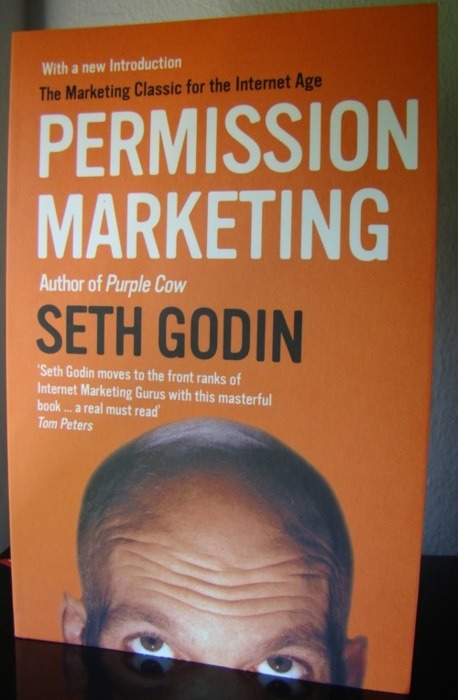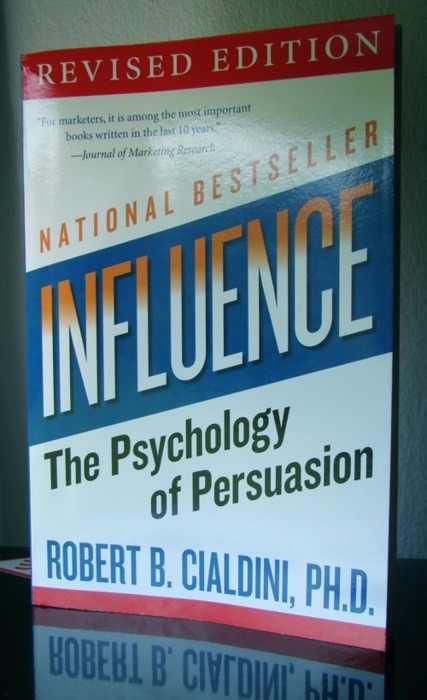
What is it about?
How do you advertise? Seth Godin differentiates between interruption marketing (e.g. banner ads, TV ads, magazine ads) and permission marketing (sending information directly to people who accepted to send your information).
What can I learn?
Leverage interruption marketing: Permission marketing is often a bit mis-defined. It’s not about stopping your advertising, it’s about using it better. You have basically two options in advertising: a) You try to make a sale directly or b) You try to get the permission to give them more information. Seth recommends b) because it’s a less expensive step for your prospect (giving away their email vs. giving away twenty bucks) and you have a less expensive channel for frequent information (sending emails vs. buying magazine/tv ads).
Build trust: After the first step is done, it’s time to nurture your prospects. If you aren’t a big brand, you probably want to build trust first. Send them some relevant information: Articles, Top X Lists, How-to instructions, etc. After some time, you can sprinkle advertising in your emails. However, if you actually sold to them, don’t stop providing relevant information. This will increase your customer lifetime value.
Conclusion
At first, I was a bit unsure about actually reading this book, because I read Purple Cow by Seth Godin and wasn’t really impressed. Though, this book is impressive. Seth Godin wrote it in 1997 and it was incredible visionary. Today, it is unsurprisingly a bit outdated though the basics are still useful.

